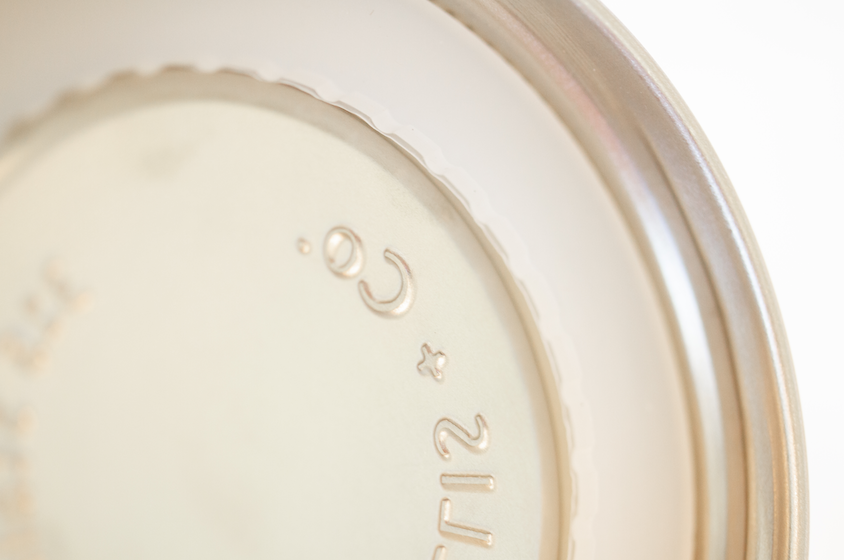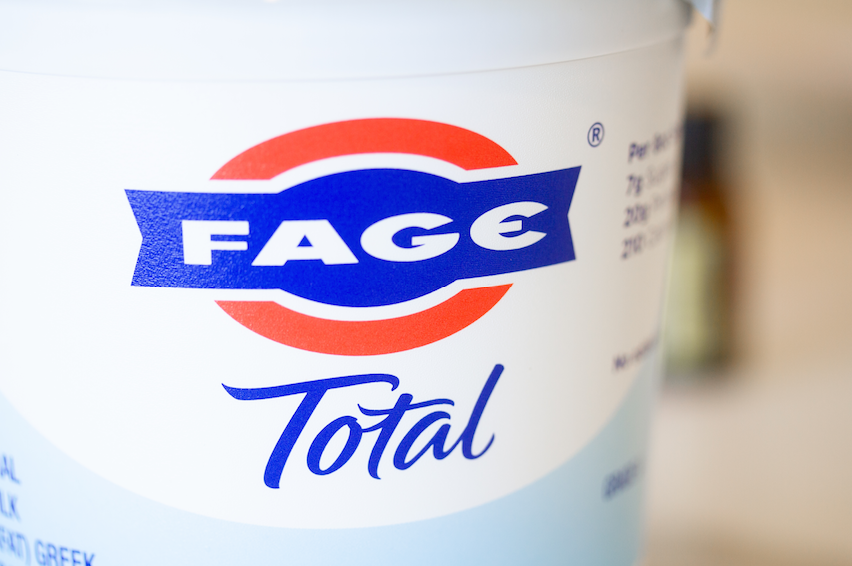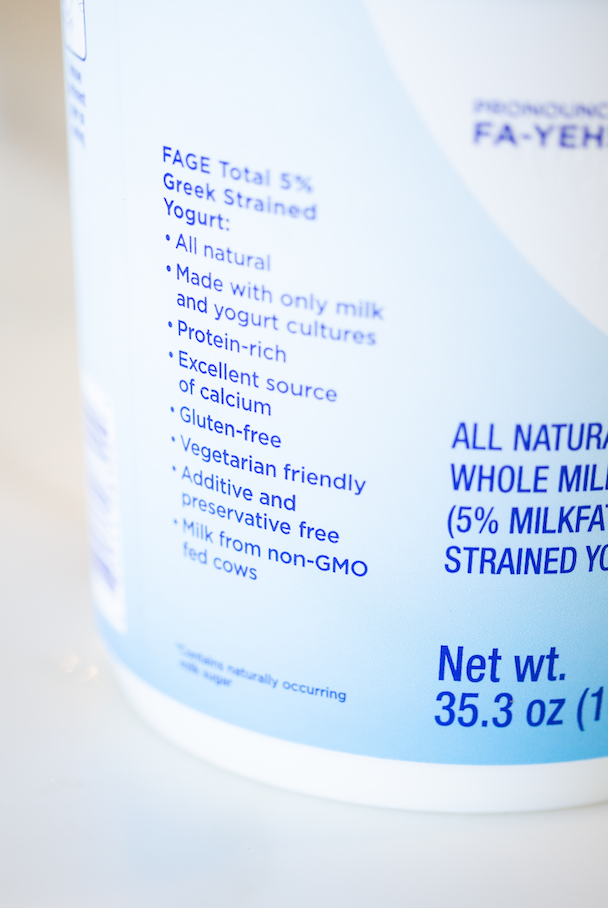Sous Vide Homemade Lemon “Noosa” Yoghurt Copycat Recipe
Six months ago, if we’d met in a grocery store, you might’ve wide-eyed the collection of Lemon Noosa in my cart. I was (and still am) quite obsessed.
I adore that creamy, mildly tangy, lemony goodness.
On the weekly, I was purchasing anywhere from 10-15 of those tubs. It was wild.
And then I had a homemaker epiphany—I could make my own Lemon Noosa!
Equipped with a Sous Vide on my counter, I tinkered with ratios and techniques until I finally found the perfect combo to mimic that custardy Noosa “Lemon” Flavor.
Here’s all my secrets:
Making your own yoghurt isn’t nearly as complicated as I originally imagined. Basically, you’re going to heat up some milk (the heat helps transform the whey proteins so that they’ll stabilize into something deliciously thick.) Then, you’ll let the milk cool until it hits a temperature that’s ideal for gut-friendly bacteria to grow. Next, you add a live culture—which really just means add some spoonfuls of some high-quality yogurt you already have on hand. Last but not least, you keep the milk nice and warm for 12-24 hours for some lovely fermentation.
And viola, you have some yoghurt!
Since I’ve been experimenting for the past six months, I’ve found a couple of tried-and-true ways of making this DIY yoghurt experience even better for you.
My first tip: Get yourself some stainless steel jar lids. Sous Vides tend to rust those cheapo metal jars like crazy. I grabbed these stainless steel lids from Trellis + Co and I love them because they have a removable silicon seal which makes for a tight fit (no rogue water getting into my jars) but for an also an easy cleanup—they are dishwasher safe.
Trellis + Co was founded by power couple and oh-so-eco-savy Jill Trombley and Josh Ellis. The two live in rural Utah. Imagine a greenhouse as their kitchen and a sheep wagon as their bed, and you might get a feel for their amazing down-to-earth lifestyle. Trombley and Ellis run their company out of upcycle shipping containers and partnered with a Harvard-trained fermenting expert to perfect their stainless steel fermenting lids. Trellis + Co uses the strongest stainless steel possible (grade 316 instead of grade 304) so that these lids will last for years and years of yoghurt making. Yes, please! Trellis + Co also donates seeds to schools, underprivileged families, community gardens, Native American tribes, churches, gardening programs in Africa, and local seed libraries. The company supports this neat agricultural scholarship program every year. I’m just a big Trellis + Co fan.
Here’s a close up of the silicon seal that pops out—It’s so nice to know all parts of the jar are getting sanitized and sterilized without any gunk getting stuck under the seal.
My Second Tip: Any Sous Vide will work for this recipe. I just really like my ChefSteps Joule Sous Vide because it’s a heck-o-pretty and I can control it w/ my smartphone.
The tub and lid combo I use for my sous vide comes from here and works really well with our Joule. If you are doubling (or tripling) the recipe, you could always upcycle an old cooler using this hack. The upcycle would help you make more yogurt and use less plastic. It’s a double win.
Tip Three: Yoghurt is all about what you put into it beforehand. Ingredient-wise here’s a brief synopsis on what I use and why I use it:
FAGE: I love this yogurt because it has a great live culture (it’s literally generations old) without nasty thickeners added. FAGE was founded in 1926 in Greece and is still family run. The family’s motto is "We would never make a product that we would not give to our children," which is really lovely. Their yoghurt is made from milk from non-gmo fed cows.
Horizon Organic Grassfed Whole Milk: I grew up with Horizon milk in our fridge (my mum was the best!) and they are my go-to grocery store brand. Their milk-producing cows aren’t treated with growth hormones, or antibiotics. The cows also graze on organic pastures 120 days of the year (if they can’t be out to pasture then they are fed organic vegetarian non-GMO feed. Horizon milk comes from 600 family farms and the company is a certified B Corp since 2018.
Shady Maple Farms Syrup — Everything from the Canada’s Shady Maple Farms is Fair for Life (aka Fair Trade Certified) and USDA Organic. The company was founded 48 years ago and runs on shared values of “faith in God, commitment to community and value to our customer”. Shady Maple began using solar enegry back in 2010 and donates to over 60 charities and organizations each year. Make sure to get the recently changed “Grade A’” syrup (which used to be Grade B) because it has a higher mineral content and taste far, far better.
DoTerra Lemon Oil: Okay, this is the real secret to the noosa recipe. Originally, I tried straight lemon juice with the recipe (it was too tangy) and then I tried lemon extract with the recipe (it tasted too off-putting) I found the sweet spot with dT’s lemon oil. Here’s a whole blog post on why I chose doTerra’s Lemon Oil.
Alrighty. So that sums up why I picked what I picked. Now onward to the actual recipe!
Sous Vide Homemade Lemon “Noosa” Yoghurt Copycat Recipe
Ingredients
1 Gallon Grassfed Organic Whole Milk
4 Tablespoons FAGE Plain Greek Yogurt
3 Teaspoons Maple Syrup
6 drops Lemon Essential Oil
Equipment
Silicone spatula
Thermometer
Four 32 oz Glass Mason Jars
Medium Sized Bowl
One Fork
Yield
Four 32 oz jars full of yoghurt
Instructions
Fill and preheat your Sous Vide to 109 °F.
Pour the milk in a large pot and warm the milk to 180 °F. While the milk is warming, I run the spatula along the bottom of the pot so that it doesn’t scald.
Once you’ve reached 180 °F remove your pot from the stove and let it cool at room temperature—let it cool until the milk reaches 110 °F. This step usually takes about an hour.
Spoon 2 cups of the cooled milk from the pot and into your bowl. Then add the 4 Tablespoons of the FAGE yogurt (aka the live culture) to the milk in the bowl. Mix with a fork until smooth.
Then pour content of the bowl contents back into the rest of the milk in your pot. Mix again with your spatula until combined.
Carefully pour your new milk-yoghurt mixture equally into the four separate canning jars. Screw the lids onto the jars.
Transfer the jars to the preheated water in your sous vide. I let the jars incubate for 24 hours to give that yoghurt some extra tartness.
Remove the jars and refrigerate overnight to let it set.
After the yogurt sets, mix 6 drops of lemon essential oil into each jar and add 3 teaspoons (or to taste) of maple syrup.
Enjoy your DIY-ed Lemon “Noosa” yoghurt.
*When you pull your yoghurt out of the fridge, you might see a bit of clear liquid on the top of the yoghurt. Don’t panic, that’s just whey—and it’s oh-so-healthy for you! I like to just mix my whey back into my yoghurt with a few twists of a spoon.
How did your yoghurt turn out? Is it delicioso?
We’d love to hear about your experience and if you made any changes to the recipe. Message my sister and I on Instagram via @CalmAndChic to share your thoughts/feedback.
Cheers,
Hazel











